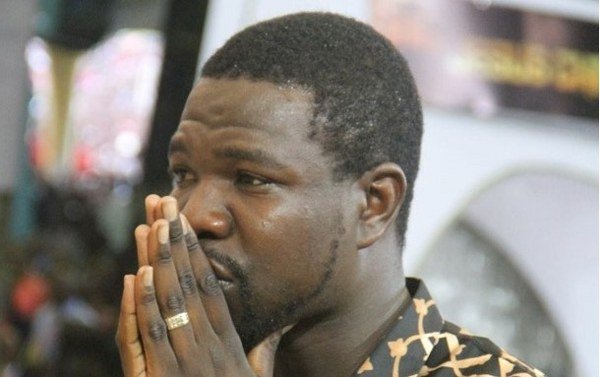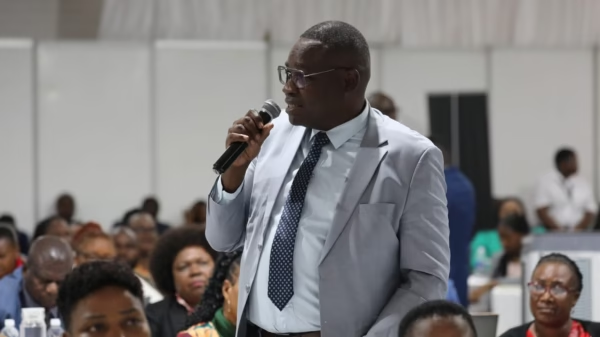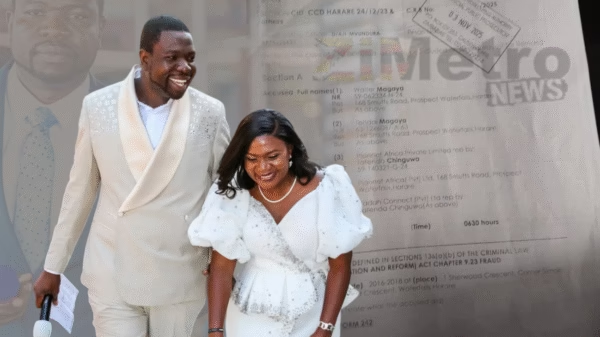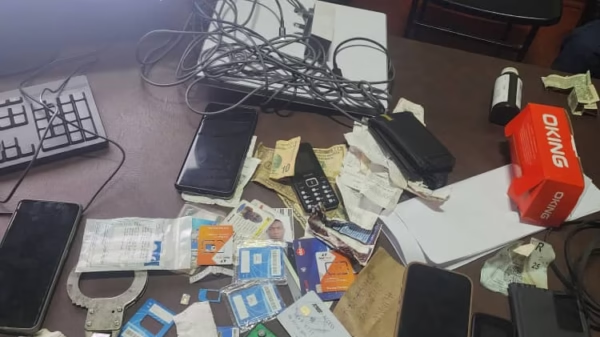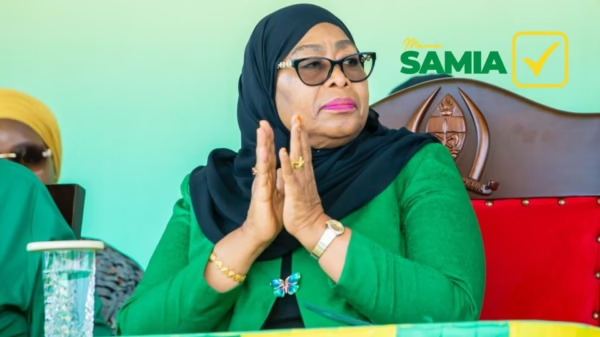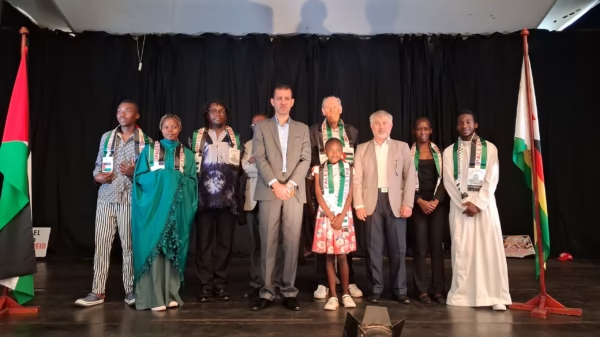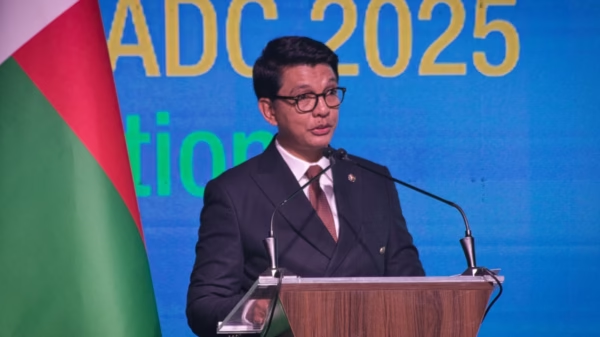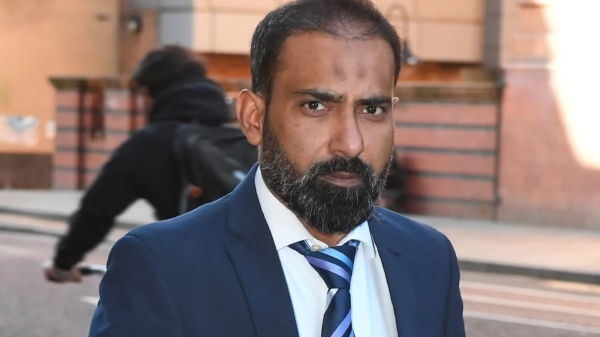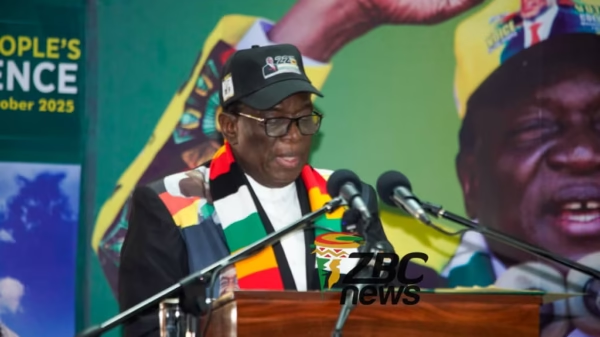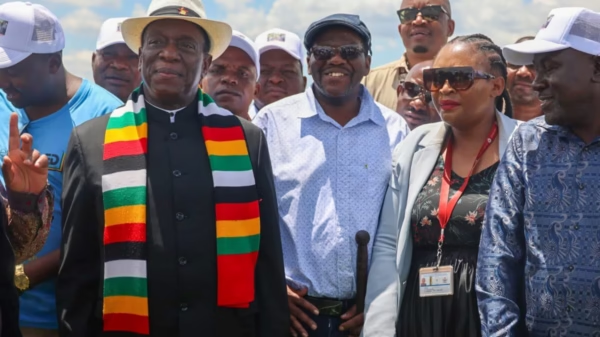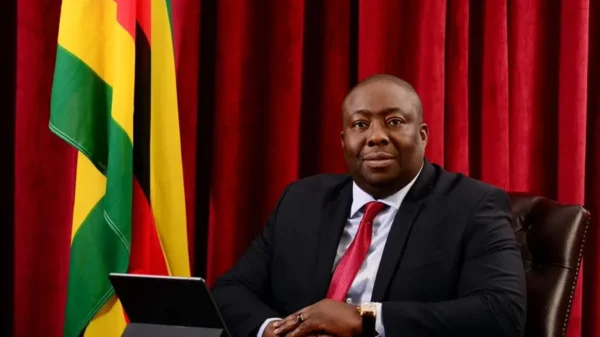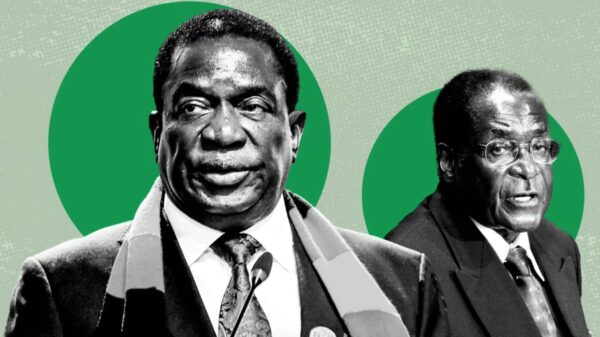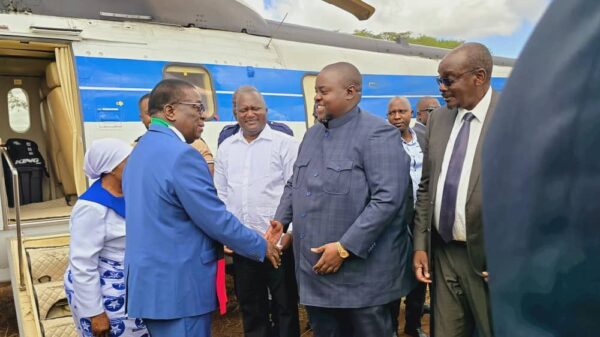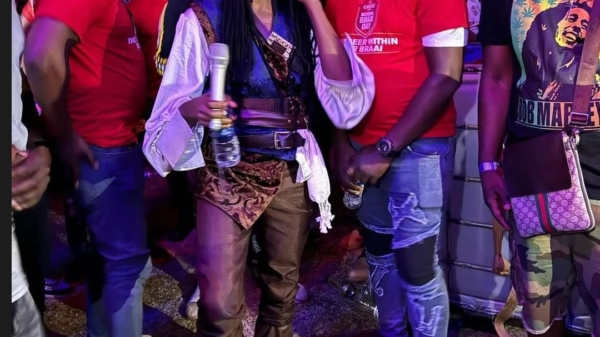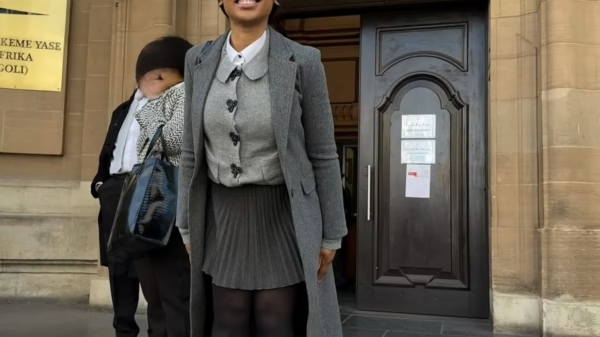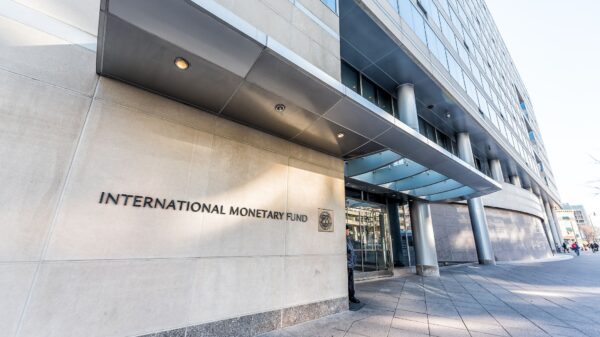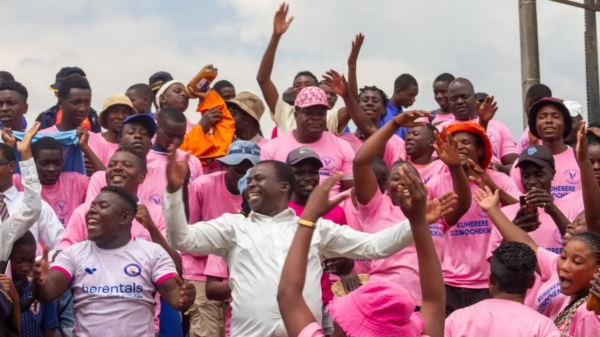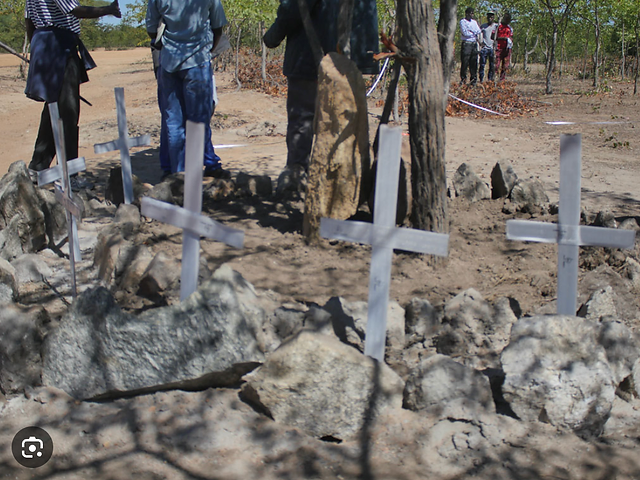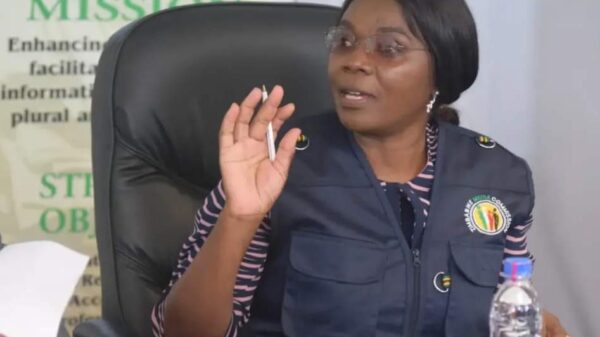Gukurahundi refers to the violent disturbances in Zimbabwe’s Matabeleland and Midlands regions during the 1980s, resulting in the deaths of an estimated 20,000 Ndebele people.
The term “Gukurahundi” comes from the Shona language, loosely translating to “the early rain which washes away the chaff before the spring rains.”
The Fifth Brigade’s Role
The atrocities were carried out by the Fifth Brigade, an elite unit of the Zimbabwe Defence Forces trained by North Korea. This unit was specifically deployed to target perceived dissidents and their supporters in the regions known for backing the Zimbabwe African People’s Union (ZAPU).
Initial Responses and Commissions
In 1999, then-President Robert Mugabe referred to the Gukurahundi massacres as “a moment of madness,” but no significant actions were taken to address the atrocities. In January 2018, pressure groups in Bulawayo sued prominent figures including Mugabe and President Emmerson Mnangagwa, demanding the release of the findings of the Chihambakwe Commission report, which investigated the massacres.
Legal and Political Developments
The Zimbabwean government announced in General Notice 2 of 2018 that the National Peace and Reconciliation Commission Act had been presented to and signed by President Mnangagwa. This Act was aimed at addressing past conflicts, including Gukurahundi.
Historical Context
At Zimbabwe’s independence in 1980, the nation was deeply divided. Decades of guerrilla warfare and animosities between different liberation armies, notably ZANLA and ZIPRA, had created internal strife. South Africa’s hostile policies further exacerbated the situation, aiming to destabilize Zimbabwe.
Security Clampdown and Civilian Impact
In response to escalating violence and banditry in Matabeleland, the Zimbabwean government launched a massive security clampdown. The Fifth Brigade, along with other government forces, conducted operations that resulted in widespread human rights abuses against civilians perceived as ZAPU supporters. The government’s stance was that supporting ZAPU was tantamount to supporting dissidents.
Reconciliation Efforts
The Gukurahundi massacres officially ended in 1987 with the signing of the Unity Accord between Robert Mugabe and Joshua Nkomo. This agreement merged ZAPU into ZANU-PF, creating a de facto one-party state. Following this, an amnesty was declared for all dissidents and security forces involved in the violence.
Legacy and Recognition
The legacy of Gukurahundi remains contentious. Despite calls for justice and recognition, including efforts by activists to have the events recognized as genocide, there has been limited international acknowledgment.
The atrocities have been documented in reports by organizations such as the Catholic Commission for Justice and Peace and the Legal Resources Foundation of Harare.
For comments, Feedback and Opinions do get in touch with our editor on WhatsApp: +44 7949 297606

For comments, Feedback and Opinions do get in touch with our editor on WhatsApp: +44 7949 297606.

